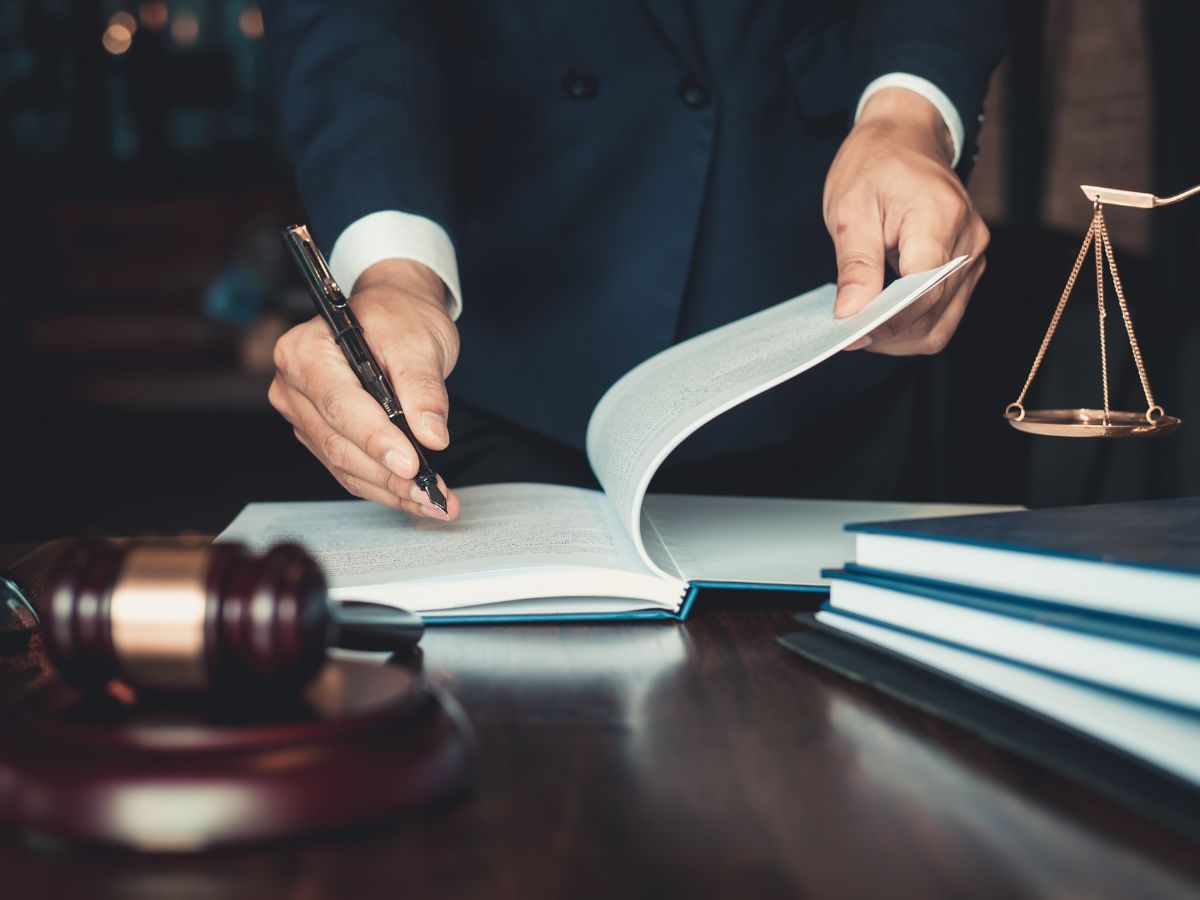In the present digital era, the issue of copyright infringement has grown more difficult than ever. People are sharing and copying copyrighted content globally due to the growth of social media and the ease with which it is possible to access anything online. This has increased the relevance of fair use and Creative Commons licencing, two concepts that try to build a framework for the use of copyrighted content in a moral, legal, and respectful manner of the original authors’ rights.
Fair Use: A Legal Principle for Using Copyrighted Material
The legal concept of fair use occasionally authorises utilising copyrighted materials without the owner’s permission. The nature of the copyrighted work, the user’s intent and character, the size and weight of the portion utilised concerning the whole, and the impact of the use on the copyrighted work’s potential market or value are some circumstances.
Fair use permits transforming copyrighted content into another form while adding value to the original work and avoiding direct competition with the work’s commercial market. However, identifying what constitutes fair use may be challenging since there must be a formula for how much of a work can be utilised or what constitutes transformative usage. Courts will analyse each case on its own merits and consider several variables when determining fair usage.
Evaluation, explanations, reporting on news, teaching, scholarship, research, and parody are a few examples of previously acknowledged fair use. It’s crucial to remember that fair use isn’t guaranteed and that copyright holders can still sue if they think their rights have been violated.
Creative Commons: A Framework for Sharing and Using Creative Works
On the other hand, Creative Commons licencing offers writers a less difficult approach to share their work with others while maintaining some control over how it is used. Authors can specify the usage terms for their work using a Creative Commons licence, including whether it can be modified, used for profit, and if credit is required.
Creators can select the Creative Commons licence that best matches their purposes from various options, each with a unique set of requirements. Users of content covered by a Creative Commons licence must abide by the rules of the licence to protect the author’s copyright.
For example, work with a Creative Commons Attribution-NonCommercial-NoDerivatives licence can be shared and used for non-commercial purposes as long as it isn’t modified and the creator is properly attributed. However, it would be against the conditions of the licence and may result in legal action if someone altered the work or used it in a commercial setting.
The Gray Areas of Copyright Law: Challenges in Determining Fair Use and Educational Uses
Even while fair use and Creative Commons licencing give very clear principles, copyright law still has a lot of undefined regions. The determination of what constitutes transformative usage is one of the largest obstacles. Numerous uses are less obvious, even if some, like criticism or satire, are typically seen as transformational.
Some people could deem some actions transformative, while others would not, such as utilising a bit of a song in a TikTok video or adding a copyrighted image to a collage. The usage of copyrighted content in educational settings is another source of uncertainty. There are limitations on how much and for what reasons copyrighted material may be used, notwithstanding the fair use concept permitting its use in education.
Even in an educational setting, copying a whole textbook and giving copies to pupils would likely be regarded as something other than fair use since it would compete with the work’s commercial market. However, utilising a tiny amount of the book for instruction and criticism could be OK.
The growth of online learning has also presented new difficulties for copyright law since educators now have to traverse detailed guidelines for fair use and digital rights management in a continually changing setting. As a result, teachers and students must be aware of the restrictions on fair use and request authorisation from copyright holders as needed.

